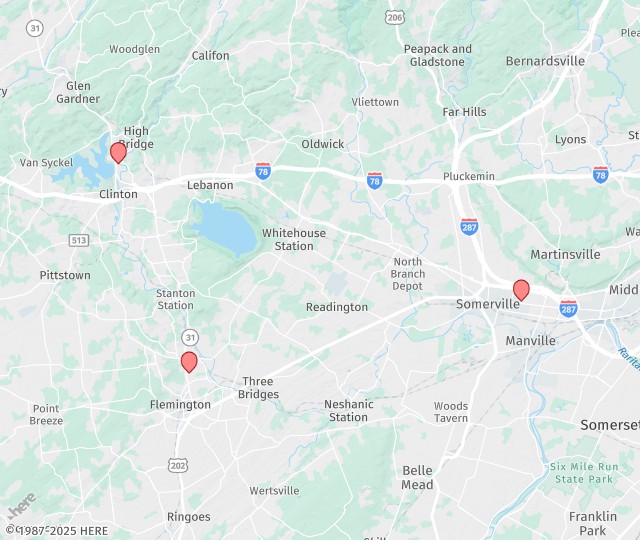Emily Moriarty, MD
Dr. Moriarty graduated from the University of Pittsburgh School of Medicine. Her residency training was completed at Georgetown University/Washington Hospital Center. After five years in private practice, she re-entered training and completed a fellowship in glaucoma at the Icahn School of Medicine at Mount Sinai.
Dr. Moriarty is board certified by the American Board of Ophthalmology. She is a member of the American Academy of Ophthalmology and American Glaucoma Society.

Glaucoma Treatment
Glaucoma is the term for when the pressure inside the eye rises high enough to damage the optic nerve. The condition often develops over many years without causing pain - so you may not experience vision loss until the disease has progressed. Glaucoma cannot be prevented, and vision lost to it cannot be restored. Left untreated, glaucoma can cause blindness. For these reasons, regular eye exams and early detection are critical.
The high eye pressure associated with glaucoma is caused by blockages in the eye's fluid drains. No one knows yet why the blockages form.
Symptoms are occasionally present and should be taken as warning signs that glaucoma may be developing; these include blurred vision, loss of peripheral vision, halo effects around lights and painful or reddened eyes. People at the greatest risk include those who are over the age of 40, diabetic, near-sighted, African-American, or who have a family history of glaucoma.
Once diagnosed, glaucoma can be controlled. Treatments to lower pressure in the eye include non-surgical methods such as prescription eye drops and medications, laser therapy, and surgery.
Low Vision Services
Low vision, or visual impairment, is vision that cannot be adequately corrected through traditional methods such as eyeglasses, contact lenses or refractive surgery. Classification begins with corrected vision of 20/30 in the better eye, or experiencing blind spots or tunnel vision. Patients with low vision may not be able to participate in certain everyday activities, including reading, watching television or even driving, and may require assistance from others.
Classification of Low Vision
Visual impairment is classified according to the best possible correction with glasses, as follows:
- Mild vision loss - 20/30 to 20/60
- Moderate low vision - 20/70 to 20/160
- Severe low vision - 20/200 to 20/400
- Profound low vision - 20/500 to 20/1,000
- Near total blindness - more than 20/1,000
Causes of Low Vision
Eye diseases or conditions are usually the causes of low vision. Some of them may include:
- Macular Degeneration
- Diabetic Retinopathy
- Stroke
- Retinitis Pigmentosa
- Albinism
- Retinal Detachment
- Cataract
- Glaucoma
- Injury
- Birth Defect
Symptoms of Low Vision
Symptoms of low vision may include:
- An inability to recognize familiar faces
- Inability to function unless you are physically near objects
- Unable to match colors of clothing
- Inability to read outdoor signs
- The need for more lighting
Diagnosis of Low Vision
Diagnosis of low vision is confirmed after a thorough medical examination of your eyes and may include the following diagnostic tests:
- Visual acuity examination
- Dilated eye examination
- Refraction
Treatment of Low Vision
Patients with low vision can experience effective visual assistance through low vision aids such as magnifiers, telescopes and video magnifiers. Large print text, audio tapes and special lighting can also help improve vision for these patients. It is important for patients with low vision to have their eyes tested regularly, as low vision may be the first sign of serious eye conditions.


